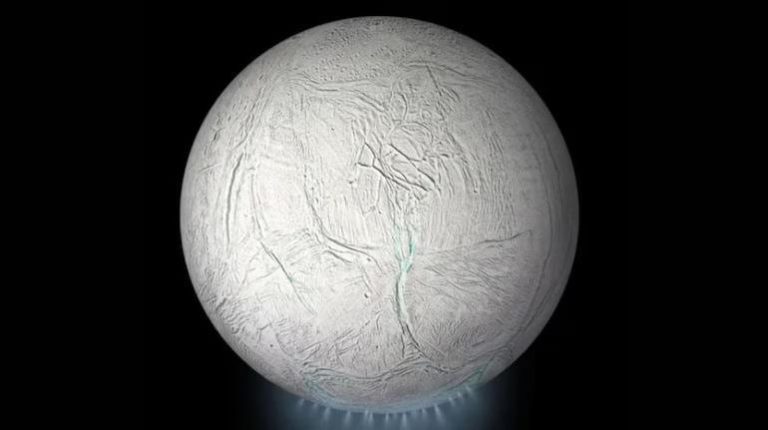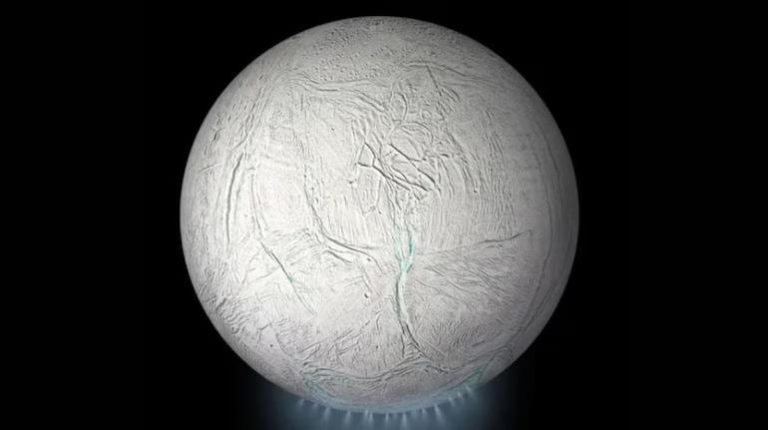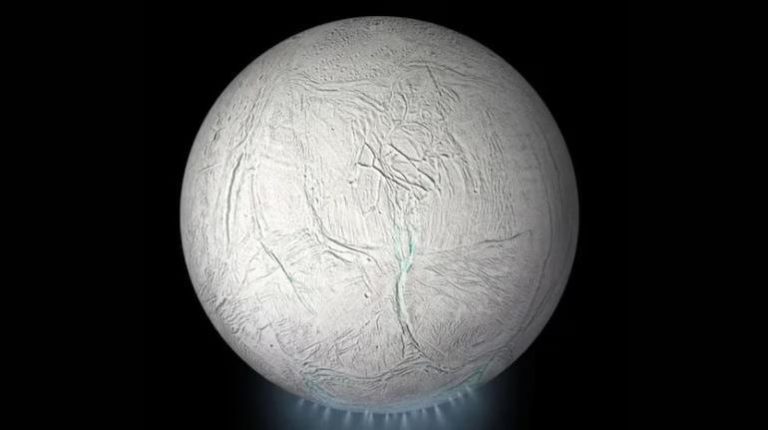
Scientists find fast immune signal that speeds up muscle repair
Muscle injuries are a common occurrence, affecting millions of people around the world. Whether it’s a minor strain or a severe tear, muscle damage can be painful and debilitating, requiring weeks or even months of rest and rehabilitation to fully recover. However, a recent breakthrough discovery by scientists may change the way we approach muscle repair. Researchers have identified a fast, nerve-like signalling process used by immune macrophages to repair damaged muscle, which could lead to the development of new treatments for muscle injuries and muscle-wasting diseases.
The study, which has shed new light on the complex process of muscle repair, reveals that immune macrophages play a crucial role in initiating the recovery process. These cells, which are a type of white blood cell, release calcium directly into injured muscle fibres, triggering a rapid response that jump-starts the repair process within seconds. This unexpected pathway has significant implications for our understanding of muscle repair and may lead to the development of innovative therapies for muscle-related disorders.
Muscle repair is a complex process that involves the coordinated effort of multiple cell types, including immune cells, stem cells, and muscle fibres. When muscle tissue is damaged, immune cells such as macrophages are recruited to the site of injury, where they play a critical role in clearing debris, reducing inflammation, and promoting tissue repair. However, the exact mechanisms by which macrophages contribute to muscle repair have not been fully understood, until now.
The researchers behind the study used advanced imaging techniques to visualize the behaviour of macrophages in real-time, allowing them to observe the rapid release of calcium from these cells into injured muscle fibres. This calcium release was found to trigger a cascade of downstream events, including the activation of muscle stem cells and the initiation of muscle protein synthesis. The net result is a rapid repair process that can begin to restore muscle function within hours or days, rather than weeks or months.
The discovery of this fast, nerve-like signalling process has significant implications for the treatment of muscle injuries and muscle-wasting diseases. Currently, treatment options for these conditions are limited, and often involve lengthy periods of rest, physical therapy, and rehabilitation. However, the identification of this novel signalling pathway may lead to the development of new therapies that can accelerate muscle repair, reducing recovery time and improving outcomes for patients.
One potential application of this research is the development of treatments for muscle-wasting diseases such as muscular dystrophy. These conditions are characterized by progressive muscle weakness and degeneration, and currently have no cure. However, the discovery of this fast, nerve-like signalling process may lead to the development of therapies that can promote muscle repair and reduce muscle wasting in these patients.
Another potential application of this research is the development of treatments for sports-related muscle injuries. Athletes and fitness enthusiasts often suffer from muscle strains and tears, which can be debilitating and require lengthy periods of recovery. However, the identification of this novel signalling pathway may lead to the development of therapies that can accelerate muscle repair, reducing downtime and improving performance.
It’s worth noting that while this discovery has significant implications for muscle repair, it does not appear to have any effect on pain reduction. Muscle injuries can be painful, and current treatment options often focus on reducing pain and inflammation, rather than promoting repair. However, the development of therapies that can accelerate muscle repair may ultimately lead to reduced pain and improved function, as muscles become stronger and more resilient.
In conclusion, the discovery of this fast, nerve-like signalling process used by immune macrophages to repair damaged muscle is a significant breakthrough in our understanding of muscle repair. The identification of this novel pathway may lead to the development of innovative therapies for muscle injuries and muscle-wasting diseases, reducing recovery time and improving outcomes for patients. As researchers continue to explore this exciting area of research, we may uncover even more surprises about the complex process of muscle repair.






